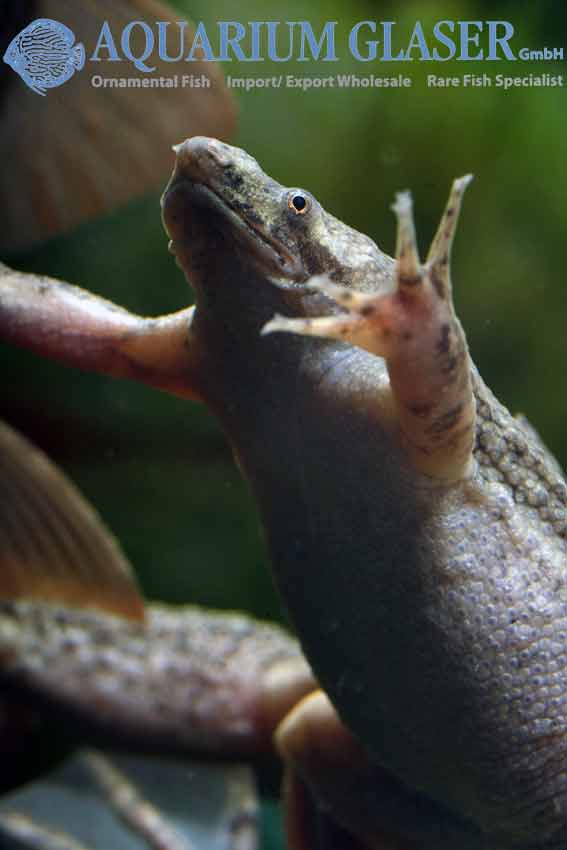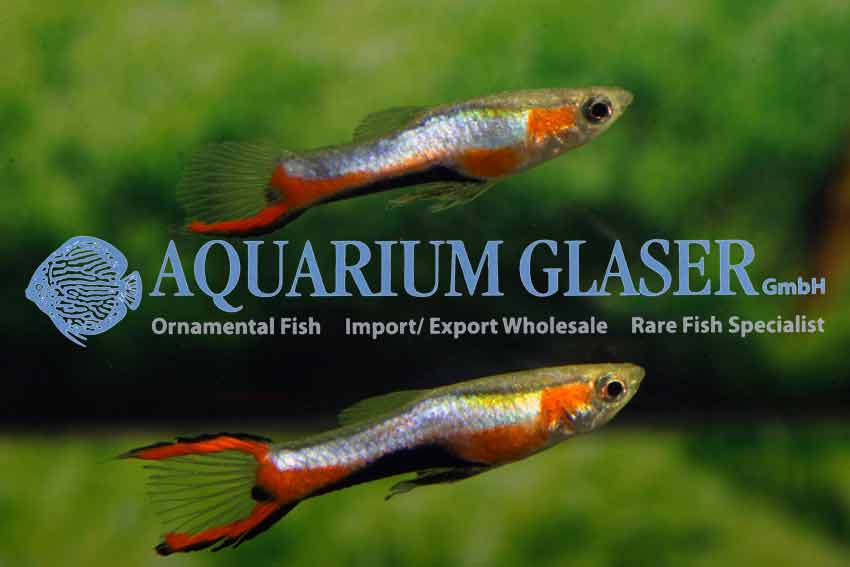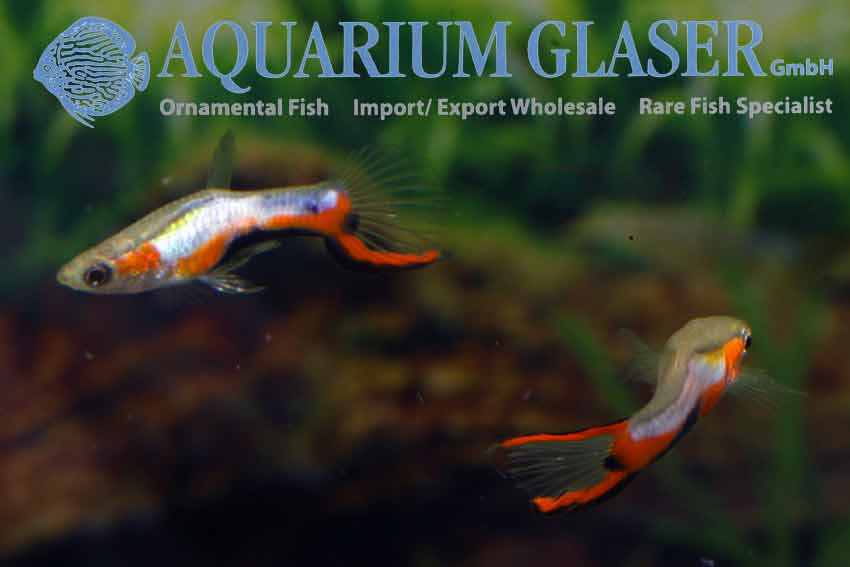



The Siamese Dwarf Rasbora (Trigonostigma somphongsi, formerly Rasbora somphongsi) has been described scientifically in 1958 on the basis of specimens that were imported by the ornamental fish trade by the end of 1957 from Thailand. So the exact type locality was unknown from the beginning. In the original description nothing but “Thailand” was mentioned, later, in the more exact scientific description, Meinken wrote that they originate from “southern Menam (Thailand)”.
In the past 20 years the species was thought to be extinct in the wild. In the entrance in the international Red List the author (C. Vidthayanon, 2013) names as area of distribution the basin of the Mae Khlong near Ratchaburi in central Thailand. The species could not be found there anymore due to habitat destruction. The only reason, why the species was consideed as “critically endangered” and not as “extinct in the wild” was the fact that every now and then single specimens were spotted among mixed catches of other ornamental fish species. However, it was not known where these animals had been collected. It was clear: the species still exists! But nobody knew where…..
Now it was finally possible to rediscover the habitat of the fish in the wild again! And we were able now to import successfully some specimen!. Of course collecting small fish in the wild has no influence on natural populations at all. In contrast: it was only due to the interest of enthusiastic hobbyists the the species could be re-discovered again. So conservation acts become possible only now. One can only hope that the authorities do not regulate the trade with live animals (which is completely senseless, as everybody nows, for the trade with live specimens is not a serious treat for wild populations of small fish at all), but hopefully protected areas will be build up. Here the fish should be allowed to be collected, but the nature in its whole would be protected.
Keeping the charming animals in the aquarium is completely undemanding. The fish become only 2-2.5 cm long. Like all the close relatives of the fish (eg the harlequin barbs Trigonostigma heteromorpha, T. espei, and T. hengeli) they spawn on the underside of broad plant leaves. T. somphongsi prefers to live in schools, but for spawning the pairs most often separate themselves from the conspecifics. The males even defend a small spawning territory for a short time. So-called V-tanks are ideally suited for the extensive breeding of this species. Here young fish can be usually separated on a regular basis.
The list of species of ornamental fish that have been discovered by hobbyists and the ornamental fish trade is much enriched by this charming fish. Hopefully it can be also placed on list of species finally safed from extinction, too. We hope that many hobbyists show interest in that fish and ask for it in the pet shops. This would maybe even make a commercial breeding possible, another important step for protection of the species.
For our customers: the fish have code 452888 on our stocklist. Please note that we exclusively supply the wholesale trade.
Literature:
Meinken, H. (1958): Rasbora somphongsi, eine neue Zwergrasbora. XXIX. Mitteilungen der Fischbestimmungsstelle des VDA. Die Aquarien- und Terrarienzeitschrift 11 (3): 67-69
Meinken, H. (1958): Rasbora somphongsi nov. spec., eine neue Rasbora aus Siam (Pisces: Cyprinidae, Unterfam. Rasborinae). Opulusca Zoologica Nr. 19 (Oktober 1958): 1-6
Vidthayanon, C. (2013): Trigonostigma somphongsi. The IUCN Red List of Threatened Species. Version 2014.3. . Downloaded on 16 January 2015.
Lexicon: Trigonostigma: means “triangle spot”. somphongsi: dedication name for the discoverer and ornamental fish exporter Somphongs. Rasbora: after the vernacular name of one of the species in Bengal.
Suggestion of a common name: Siamese Dwarf Rasbora
Text: Frank Schäfer, photos: Aquarium Glaser
| Angaben zum Tier |
| Herkunft |
Thailand |
| Verfügbare Größe in cm |
2-2,5 |



 The correct determination of piranha species is one of the most difficult chapters in ichthyology at all. Even the specialized authorities for that group of fish have often different points of view. And so we quite often can only look for the very few features that are accepted as species specific, like the black bands in the caudal and the anal fins, the existence of a humeral spot etc.
The correct determination of piranha species is one of the most difficult chapters in ichthyology at all. Even the specialized authorities for that group of fish have often different points of view. And so we quite often can only look for the very few features that are accepted as species specific, like the black bands in the caudal and the anal fins, the existence of a humeral spot etc.







































































































































































































































































































































































































































 We received from Brazil beautiful wild collected Heros. According to our supplier the fish have been collected in the Rio Negro in the municipal Japaueri. The most obvious difference to other varieties of Heros are the red spots all over the body.
We received from Brazil beautiful wild collected Heros. According to our supplier the fish have been collected in the Rio Negro in the municipal Japaueri. The most obvious difference to other varieties of Heros are the red spots all over the body.





















